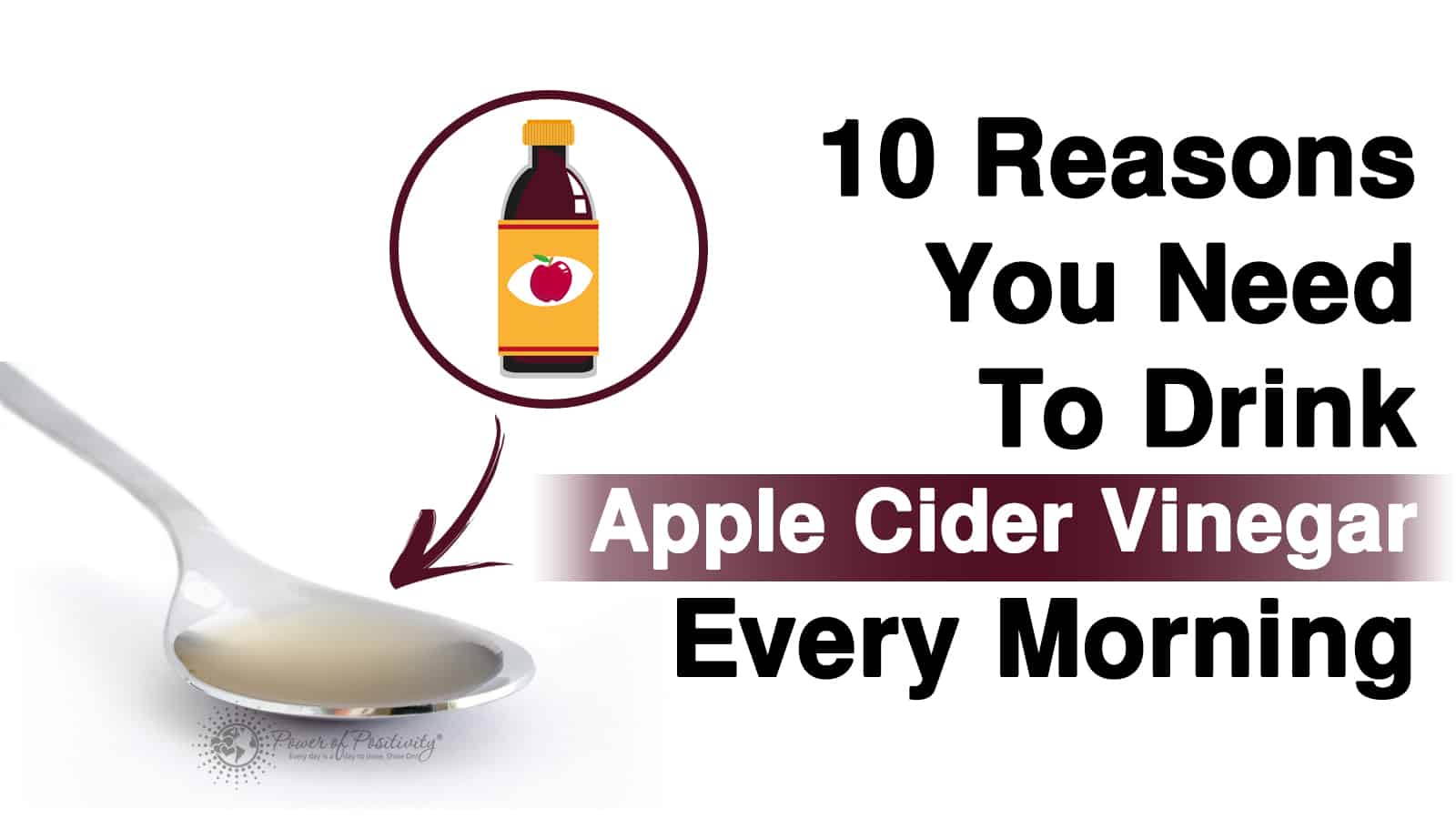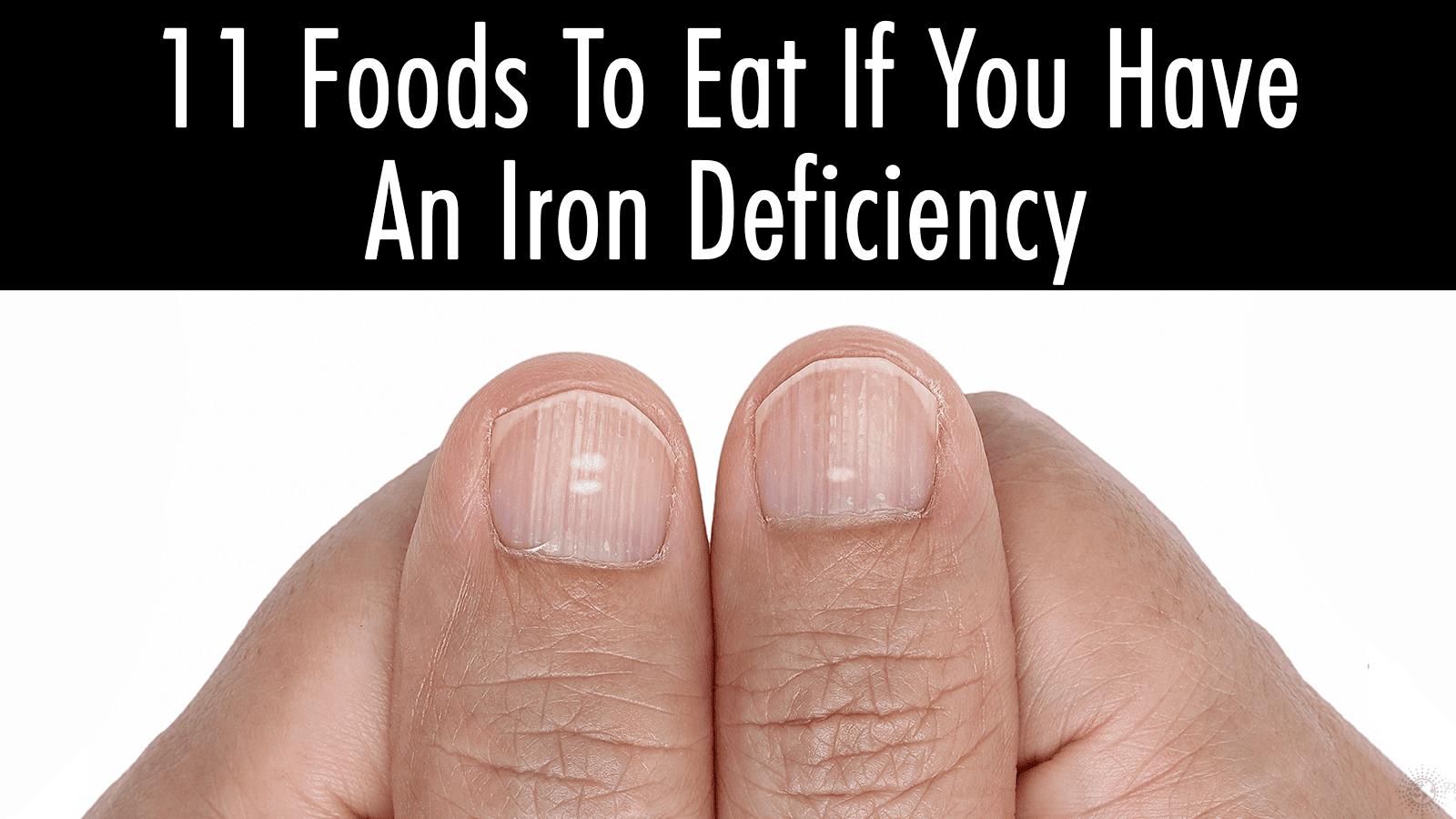The best foods for a great night’s sleep might not be what you think. Many people go for foods and drinks that make them feel drowsy. But falling asleep faster doesn’t necessarily mean getting higher-quality sleep.
What we eat is what supplies the body with energy. All bodily functions and processes that are crucial to our health are powered by what we eat and drink. As such, it’s no surprise that some foods can allow for better sleep.
Scientifically, there have been plenty of edibles determined to be excellent for a good night’s rest. Adding them to your daily diet could help you feel more well-rested and improve your energy, mood, and capabilities. Let’s consider some of the best foods for a great night’s sleep.
10 Best Foods For A Great Night’s Sleep
“Health requires healthy food.” – Roger Williams
1. Chamomile Tea
When it comes to relaxation, there are few better options than chamomile tea. It’s well known for its soothing qualities and calming taste, and it’s fantastic for good sleep.
One of the components of this tea is an antioxidant known as apigenin. This antioxidant links up to the brain receptors that are responsible for sleepiness. It lessens the severity of insomnia and helps boost overall sleep quality.
A study published in the BMC Complementary and Alternative Medicine journal also found some interesting results. This revealed that those who drink chamomile tea not only fall asleep earlier (15 minutes before those who don’t) but also wake up less throughout the night.
Some other positive effects of chamomile tea include:
- Reduced inflammation and pain
- Lower chances of heart disease and cancer
- Immune system boost
- Reduced depression and anxiety
- Improved skin health
Naturally, although these health benefits are separate from getting a good night’s sleep, having these benefits can promote better sleep quality.
2. Walnuts
In addition to being one of the best foods for a great night’s sleep, these healthy tree nuts are packed with nutrients. Mainly, they are rich in:
- Copper
- Magnesium
- Fiber
- Phosphorus
- Manganese
- Linoleic acid
- Omega-3 fatty acids
These components allow walnuts to be great for heart health and bodily cholesterol. It is also these, among other things, that allow walnuts to benefit daily rest. Walnuts provide a good amount of melatonin, which is the hormone responsible for sleep regulation. They are actually one of the best sources for melatonin of all foods.
In addition, the fatty acids include something called ALA, which turns into DHA when eaten. According to this study by NCBI, DHA can aid in the production of serotonin, which also helps sleep, although more studies need to be done for this to be certain.
3. Turkey
Anyone who likes their turkey knows it can induce sleepiness. Turkey hasn’t been very well studied in relation to sleep, but there are plenty of theories that could explain why it makes people drowsy.
One of the amino acids that turkey contains is tryptophan, which plays a role in aiding melatonin production. The large amount of protein a single serving of turkey contains may also contribute. Because eating lots of protein for dinner can reduce nighttime wake-ups, it can also help boost sleep quality.
To get a better idea of how healthy turkey can be, here is the amount of different vitamins, minerals, and nutrition that is provided in one ounce of this meat:
- 4g of protein
- 5% of daily requirements for phosphorus
- 9% of daily requirements of selenium
- 5% of daily requirements of riboflavin
So, not only is turkey one of the best foods for a great night’s sleep, but it’s also packed with nutrition and makes a good addition to any meal plan.
4. Kiwi
Kiwi isn’t a fruit you might automatically think is one of the best foods for a great night’s sleep, but it is! A study published in the Asia Pacific Journal of Clinical Nutrition certainly proves it as much.
The study, which spanned one month, saw a group of adults eat two kiwifruits prior to turning in for the night. Results show that this caused a 42% increase in the speed of time taken to fall asleep, and also boosted their ability to sleep through the whole night by 5%. Overall sleep time was also increased by 13%.
Why these results? It is believed that it is due to the fact that kiwi contain good amounts of serotonin. Their high vitamin C properties may also help reduce pain and inflammation for added comfort.
With only 50 calories per fruit, kiwi provides plenty of other positive benefits. These include:
- 117% of daily requirements for vitamin C
- 38% of daily requirements for vitamin K
- Boosted digestive health
- Reduced cholesterol
- High fiber levels
- High antioxidant levels
- Good amounts of potassium and folate
So if you want some awesome health benefits and better sleep, try adding one or two medium-sized kiwis to your before-bed diet.
5. Bananas
Bananas are a favorite fruit of many. They’re probably best known for their high levels of potassium and magnesium. Both potassium and magnesium are famous for their ability to relax muscles. Consuming these natural muscle relaxants can help you to feel more calm at night, allowing you to fall asleep and stay asleep more easily.
In addition, bananas have a special amino acid called tryptophan, which we mentioned earlier. This component turns into 5-HTP when it gets to the brain, and 5-HTP is then turned into both melatonin and serotonin – which are both excellent for resting.
More studies are still needed in order to cement bananas on a list of the best foods for a great night’s sleep. Still, it’s worth adding them to your diet, considering their current known benefits!
6. Tart Cherry Juice
Perhaps one of the more well-known of the best foods for a great night’s sleep, tart cherry juice is great for helping you feel drowsy. It contains high levels of melatonin and can even boost overall sleep quality.
Tart cherry juice has also been studied multiple times by researchers. Most studies have found that it is capable of being an effective treatment for insomnia. Those who drink this liquid twice a day wind up getting better sleep quality and are able to remain sleeping around 90 minutes longer than those who don’t!
This drink also has loads of other benefits. A single 240 ml serving actually has:
- 62% of daily requirements for vitamin A
- 18% of daily requirements for manganese
- 40% of daily requirements for vitamin C
This juice also contains a lot of antioxidants alongside these vitamins and minerals.
7. Almonds
Almonds are a kind of tree nut that provide plenty of melatonin for the body. Naturally, this is one of the reasons it’s one of the best foods for a great night’s rest – but there’s more!
This food has a lot of magnesium, and sufficient magnesium is crucial to ensuring good sleep. It aids sleep quality and can treat insomnia. Magnesium also plays a role in bringing down cortisol levels, and cortisol is known to cause stress, reduce positive thinking, and interrupt nightly sleep.
Almonds provide countless health benefits apart from just promoting sleep. They help reduce inflammation, which not only helps those with difficulty sleeping but also lowers diabetes and heart disease risk. One ounce of almonds also contains:
- 32% of daily requirements for manganese
- 19% of daily requirements for magnesium
- 17% of daily requirements for riboflavin
- 14% of daily requirements for phosphorus
With all its health benefits in mind, it’s no surprise that almonds provide better bodily function overall.
8. Broccoli
Broccoli isn’t exactly a very common food for better sleep, but it’s not about broccoli itself – it’s about the huge amounts of fiber that it contains. According to a study in the Journal of Clinical Sleep Medicine, fiber can aid sleep quality.
It seems that there is a link between the amount of fiber a person consumes in a day and the length of their deep sleep cycles. This is likely because indigestion and similar issues can cause disturbances that prevent deep sleep. Without enough deep sleep, you won’t get the restorative benefits sleep has to offer, leaving you feeling tired in the morning.
Of course, you don’t necessarily need to eat broccoli specifically in order to enjoy these benefits. Just opt for foods rich in fiber, such as beans or raspberries. Still, broccoli is believed to be the best option of these.
9. Fatty Fish
Fatty fish’s ability to help sleep comes from two different factors: its high vitamin D content, and its high omega-3 fatty acid content (namely DHA and EPA). Working together, these two components boost serotonin production. This is likely why they work so well in helping you fall asleep.
A study published in the Journal of Clinical Sleep Medicine showed that these fish really are among the best foods for a restful night. This research revealed that those who ate salmon thrice weekly were able to fall asleep around three minutes faster than those who ate other meats like pork, chicken, and beef.
Fatty fish include:
- Trout
- Tuna
- Salmon
- Mackerel
Eating these fish can help give you the positive rest you’ve been in search of. With high vitamin D content that exceeds half the daily requirements and healthy omega-3 fatty acids working together, it can definitely improve your sleep quality.
10. Passionflower Tea
This herbal tea has been commonly used in traditional medicine for many years. As such, it’s not much of a surprise that it’s one of the best foods for a great night’s sleep. It’s known to reduce anxiety and provide calming effects, which already sounds like a precursor to a good night’s rest.
Passionflower tea has been suggested to possibly improve GABA production. GABA is a chemical in the brain that prevents the effects of other similar chemicals that cause stress. This is why it’s so calming and can help you fall asleep so easily!
It has been noted that drinking passionflower tea before bed helps adults enjoy better sleep quality. It helped them feel more rested when they awoke. On top of all that, passionflower tea also reduces inflammation, which helps prevent issues that could inhibit rest. Combined with calming effects, this is a great reason to have a cup of passionflower tea before bed!
Final Thoughts On The Best Foods For A Great Night’s Sleep
Sleep is one of the most important processes the body undergoes. It can make you more focused and productive, improve your mood and positive thinking, and provide energy for the rest of your day.
This is why getting good quality sleep is so vital to your health and wellbeing, both physically and mentally. By eating these 10 foods that have been proven to be the best foods for a great night’s sleep, you’ll be helping your body feel better every day!
https://www.youtube.com/watch?v=4DnhuvFMAAk











